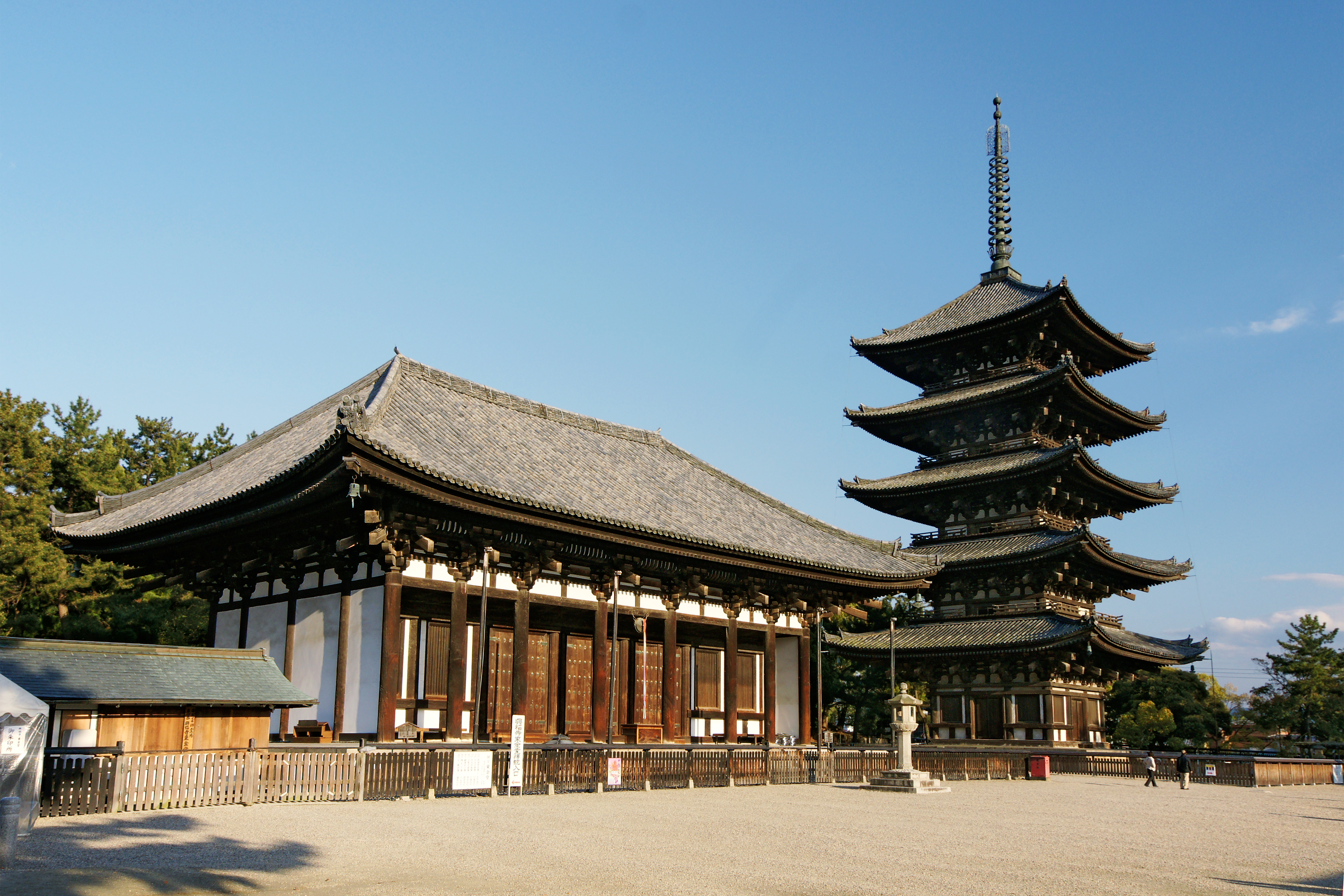|
Rokusō-an
Rokusō-an (六窓庵 "Six Window Hut") is a ''chashitsu''. It was formerly located at Kōfuku-ji in Nara and considered one of the . It was initially constructed during the Edo period and later relocated due to its deteriorated state and is now in the gardens of the Tokyo National Museum. See also * Sarumen Chaseki at Nagoya Castle * Hassō-an References External links Chashitsu Tokyo National Museum {{japan-stub ... [...More Info...] [...Related Items...] OR: [Wikipedia] [Google] [Baidu] |
Chashitsu
''Chashitsu'' (, "tea room") in Japanese tradition is an architectural space designed to be used for Japanese tea ceremony, tea ceremony (''chanoyu'') gatherings. The architectural style that developed for ''chashitsu'' is referred to as the ''sukiya'' style (''sukiya-zukuri''), and the term ''Sukiya (style), sukiya'' () may be used as a synonym for ''chashitsu''. Related Japanese terms are ''chaseki'' (), broadly meaning "place for tea", and implying any sort of space where people are seated to participate in tea ceremony, and ''chabana'', "tea flowers", the style of flower arrangement associated with the tea ceremony. Typical features of ''chashitsu'' are ''shōji'' windows and sliding doors made of wooden lattice covered in a translucent washi, Japanese paper; ''tatami'' mat floors; a ''tokonoma'' alcove; and simple, subdued colours and style. The most typical floor size of a ''chashitsu'' is 4.5 tatami mats ().''Kōjien'' Japanese dictionary, entry for 'chashitsu'. Definit ... [...More Info...] [...Related Items...] OR: [Wikipedia] [Google] [Baidu] |
Kōfuku-ji
is a Buddhist temple that was once one of the powerful Seven Great Temples in the city of Nara, Japan. The temple is the national headquarters of the Hossō school. It is part of Historic Monuments of Ancient Nara, a World Heritage Site. History Kōfuku-ji has its origin as a temple that was established in 669 by Kagami-no-Ōkimi (), the wife of Fujiwara no Kamatari, wishing for her husband's recovery from illness. Its original site was in Yamashina, Yamashiro Province (present-day Kyoto). In 672, the temple was moved to Fujiwara-kyō, the first planned Japanese capital to copy the orthogonal grid pattern of Chang'an. In 710, the temple was dismantled for the second time and moved to its present location, on the east side of the newly constructed capital, Heijō-kyō, today's Nara. Kōfuku-ji was the Fujiwara's tutelary temple, and enjoyed prosperity for as long as the family did. The temple was not only an important center for the Buddhist religion, but also retained ... [...More Info...] [...Related Items...] OR: [Wikipedia] [Google] [Baidu] |
Sarumen Chaseki
Sarumen Chaseki (猿面茶席) is a historic ''chashitsu'' located in Nagoya Castle, central Japan. Sarumen Chaseki and Bōgaku Chaseki are collectively called ''Sarumen Bōgaku Chaseki'' (猿面望嶽茶席). History The tea house was originally constructed with materials from Kiyosu Castle based on the design by Lord Furuta Oribe (1544–1615). The pillar on the right side of the ''tokonoma'', called ''toko-bashira'' (床柱), is made of wood, specially prepared for the purpose. At the upper part are two wood knots. According to legend Oda Nobunaga saw the pillar with the two knots and remarked to Toyotomi Hideyoshi that it looked like his face. Hideyoshi was called "little monkey" due to the appearance of his face. Thus the house received its name from the pillar. The original tea house was designated as a National Treasure (Japan), national treasure in 1936. It was destroyed during the bombing of Nagoya in World War II. It was rebuilt in 1949 (Shōwa 24). The teahouse is us ... [...More Info...] [...Related Items...] OR: [Wikipedia] [Google] [Baidu] |
Hassō-an
Hassō-an (八窓庵) is a historic ''chashitsu'' located today in Sapporo, Hokkaido, northern Japan. The name means “eight-window tea house”. The structure dates to the Edo period. It was originally located at Komuro Castle (小室城) in Ōmi Province, present Nagahama, Shiga. It was designed by the tea master Kobori Enshū (1579-1647). It was relocated to Sapporo in 1919. In 1989, a surrounding garden was created by Kobori Sokei, a tea master and a 12th generation descendant of Kobori Enshū. It is on the list of Cultural Properties of Japan — structures (Hokkaidō). See also * Sarumen Chaseki (猿面茶席) at Nagoya Castle * Rokusō-an Rokusō-an (六窓庵 "Six Window Hut") is a ''chashitsu''. It was formerly located at Kōfuku-ji in Nara and considered one of the . It was initially constructed during the Edo period and later relocated due to its deteriorated state and is no ... at Nara References External links Chashitsu Old National Treasures o ... [...More Info...] [...Related Items...] OR: [Wikipedia] [Google] [Baidu] |
Tokyo National Museum Rokusoan P3303189
Tokyo, officially the Tokyo Metropolis, is the capital of Japan, capital and List of cities in Japan, most populous city in Japan. With a population of over 14 million in the city proper in 2023, it is List of largest cities, one of the most populous urban areas in the world. The Greater Tokyo Area, which includes Tokyo and parts of six neighboring Prefectures of Japan, prefectures, is the most populous metropolitan area in the world, with 41 million residents . Lying at the head of Tokyo Bay, Tokyo is part of the Kantō region, on the central coast of Honshu, Japan's largest island. It is Japan's economic center and the seat of the Government of Japan, Japanese government and the Emperor of Japan. The Tokyo Metropolitan Government administers Tokyo's central Special wards of Tokyo, 23 special wards, which formerly made up Tokyo City; various commuter towns and suburbs in Western Tokyo, its western area; and two outlying island chains, the Tokyo Islands. Although most of the w ... [...More Info...] [...Related Items...] OR: [Wikipedia] [Google] [Baidu] |




